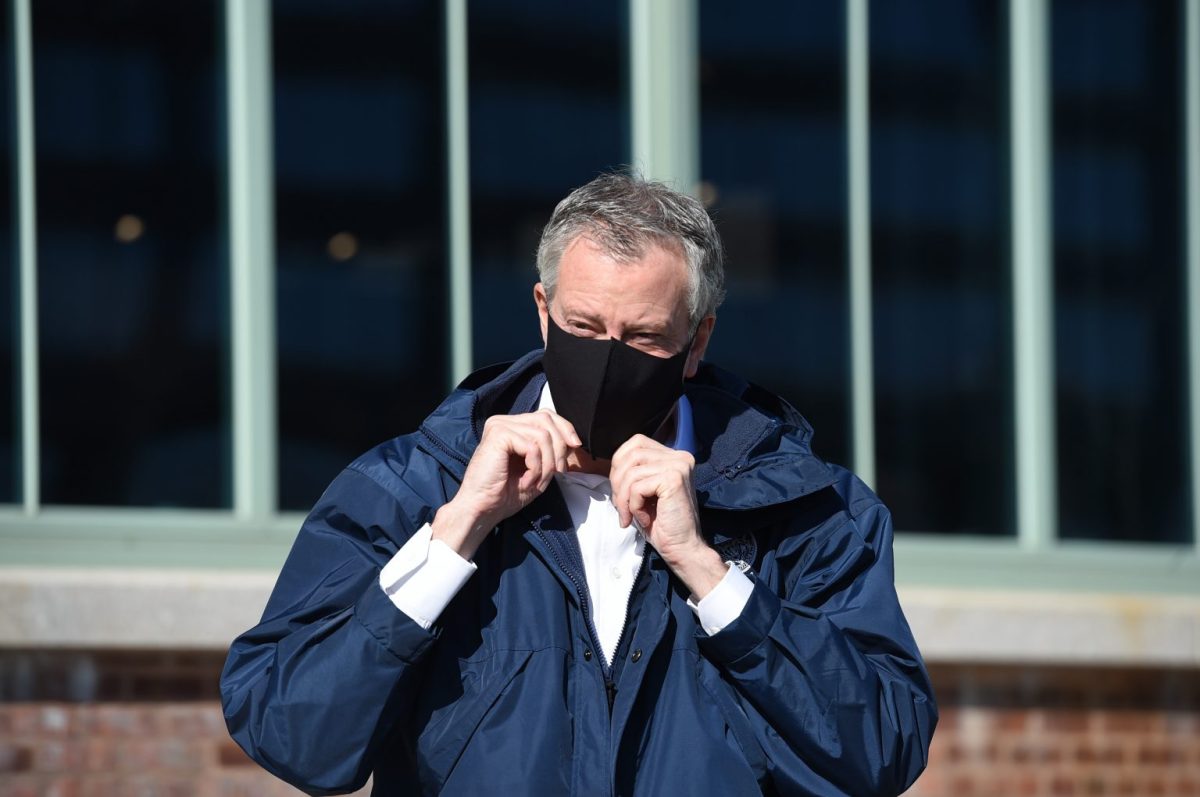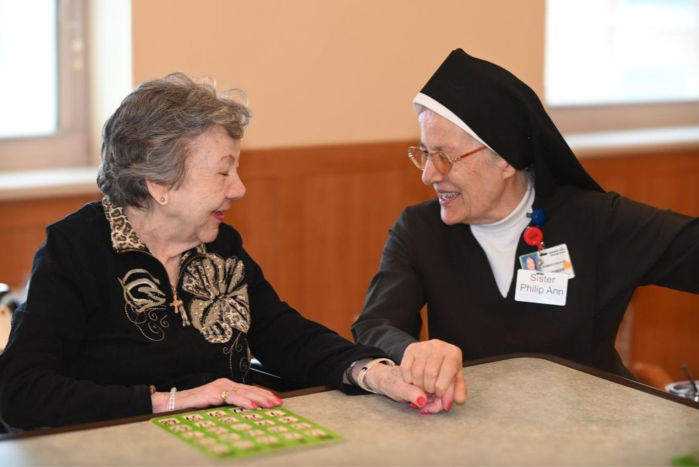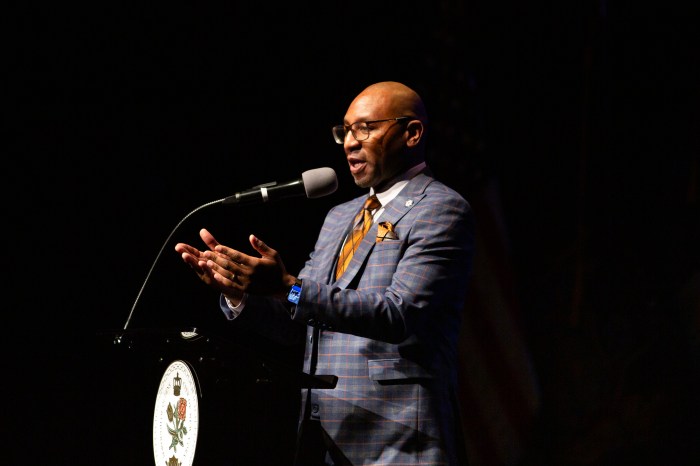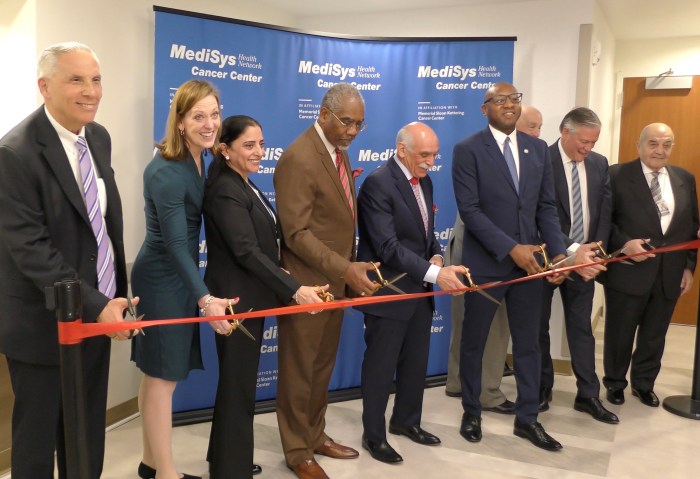First Lady Chirlane McCray and Deputy Mayor Phil Thompson will lead a task force on restarting life in the city that will focus on inequities pertaining to people of color, Mayor Bill de Blasio announced Sunday morning.
Individual councils will also be convened to focus on reviving different industries within the city, de Blasio said, championing a goal of remaking the city into a fairer place; a motto touted by the mayor since he was elected in 2013
But the decision to appoint a family member as head of a racial inequality task force came under question by reporters during the April 26 press conference. McCray previously led the $555 million ThriveNYC program, long criticized as a mismanaged money pit.
“In terms of inequality, Thrive has gone to that point and in many ways even farther, because Thrive was about addressing profound inequalities in healthcare and even more so creating access to healthcare that did exist for anyone in a society that has never given proper attention and respect to the issue of mental health,” de Blasio said.
ThriveNYC, after four years and over half a billion dollars later, was light on the data when documenting progress in addressing mental health in the city. Council Speaker Corey Johnson was particularly critical of the de Blasio Administration’s handling of the program, which put forth just 13% of the ThriveNYC budget toward mental health services.
Councils on restarting the city will be small business, larger business, public health and health care, arts, culture, tourism, labor, nonprofits, and social services. There will be additional councils on the faith-based community, education, and vocational training.
“To help us on this journey, and to help us immediately, I’m going to bring together people who really know their communities, their industries, people who really know their industries,” de Blasio said of the councils. “We’re going to get these people together very quickly, they’re going to start meeting in the first week of May… We need to get this perspective from the folks at the frontline of every part of the city’s life.”
Public transportation — in dismal shape as after the subways alone have seen an over 90% drop in ridership — still was not high on the list of priorities for the mayor but not completely out of the scope of his recovery plan.
“As we get more deeply into recovery thinking, we’re going to do a lot of work on the future of transportation and as we talked about previously, how do we have a New York City that’s more about public transit and less about cars,” de Blasio emphasizing the state’s obligation to the MTA. “These immediate sectoral groups are more about what we have to do to restart and then they’ll help us build out division.”
De Blasio’s own plan to open four streets across the city to facilitate social distancing was panned only 11 days into the pilot, and when asked about what he will do to relieve congestion in parks, the mayor once again said it was a matter of police enforcement.
But while other cities have opened streets to pedestrians across the country as a coronavirus mitigation measure, de Blasio has fallen under criticism for reluctance to do the same.
This story first appeared on amny.com.
































